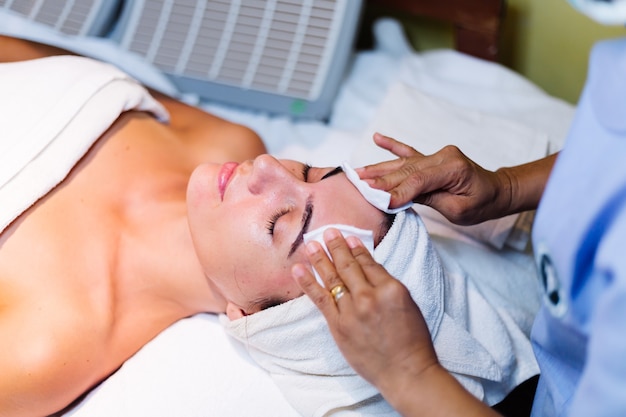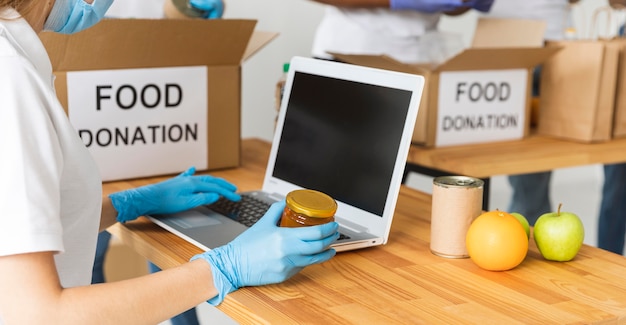
Stopping foodborne illnesses and ensuring food safety hinge on maintaining high standards of hygiene and safe practices in the kitchen. Many of us tend to forget the basic rules of food safety during our daily cooking, even after finishing Food Hygiene and Safety Training. Whether you’re managing a professional kitchen or cooking at home, avoiding these usual errors will help create a safer and healthier food environment.
1. Proper Hand Hygiene
One easy yet often neglected step in food safety is washing hands properly. Many people assume a quick splash under water is enough, but effective handwashing means scrubbing with soap for at least 20 seconds. It’s especially important before cooking and after handling raw foods like meat, poultry, or seafood, as poor handwashing can spread harmful germs like Salmonella and E. coli, causing serious sickness.
To avoid this mistake: Wash hands with soap for 20 seconds, especially after touching raw meat or using the bathroom. Dry hands with a clean towel or air dryer since damp hands can spread germs.
2. Cross Contamination Between Raw and Cooked Food
Cross contamination happens when bacteria from raw foods move to cooked or ready-to-eat items, often occurring when the same tools or cutting boards are used without proper cleaning.
To avoid this mistake: Use different cutting boards for raw meat and other items. Always clean and disinfect surfaces, knives, and utensils after dealing with raw food.
3. Ignoring Expiry Dates
It’s easy to overlook expiry dates, but eating food past its expiration can seriously harm your health. Expiry dates show when food is no longer safe.
To avoid this mistake: Always check the expiry date before using any product. Rotate your fridge and pantry stock so older items are used first.
4. Incorrect Food Storage Temperatures
Incorrect storage temperatures are a common oversight that lets bacteria grow. The “danger zone” for bacterial growth is between 5°C and 63°C, so perishable food should be stored at or below 5°C.
To avoid this mistake: Ensure your fridge is set below 5°C. Refrigerate leftovers within two hours of cooking.
5. Thawing Food at Room Temperature
Many people thaw frozen food on the counter, but this can cause bacteria to grow quickly as the outer layer warms while the center stays frozen, creating a perfect spot for bacteria.
To avoid this mistake: Thaw food in the fridge overnight, under cold water, or in the microwave. Don’t leave perishable foods out for more than two hours.
6. Underestimating the Importance of Personal Hygiene
While the focus is often on the food, personal hygiene of the person handling it is equally important. Contaminants can be introduced by working with food while sick, wearing dirty clothes, or not tying back long hair.
To avoid this mistake: Always wear clean clothes and tie back hair when cooking. Don’t handle food if you’re feeling unwell.
7. Cooking Food at Inappropriate Temperatures
Cooking to the right temperature destroys harmful bacteria. Many people, especially when in a hurry, undercook food, resulting in foodborne illnesses.
To avoid this mistake: Use a food thermometer to ensure food reaches the proper internal temperature. Check the thickest part of the meat.
8. Using the Same Utensils Without Cleaning
Using the same utensils for raw and cooked food is a quick path to cross contamination, often happening when multitasking in the kitchen.
To avoid this mistake: Use different utensils for raw and cooked foods. Clean cutting boards, utensils, and surfaces immediately after use.
9. Not Washing Fruits and Vegetables Properly
Fruits and vegetables might look clean but can carry harmful bacteria or pesticides. Many skip thorough washing, which heightens the risk of foodborne illness.
To avoid this mistake: Wash all produce under running water before eating. Use a clean brush to scrub firm produce like cucumbers or melons.
10. Neglecting to Clean Kitchen Surfaces Regularly
Kitchen surfaces, especially worktops and cutting boards, can harbor bacteria from raw food. Not cleaning them can contaminate the next food you prepare.
To avoid this mistake: Clean and disinfect all surfaces after preparing food, especially after dealing with raw meat. Use kitchen disinfectant or a hot water and soap solution.
Conclusion
Food safety is more than just stopping foodborne illnesses; it’s about protecting your health and that of others. By being aware of these common food safety blunders and actively preventing them, you can ensure the food you prepare is safe and nutritious. Keep in mind these top ten mistakes, and you’ll be on your way to mastering safe cooking techniques!









